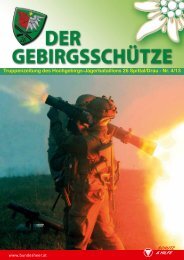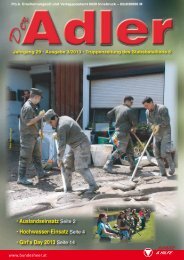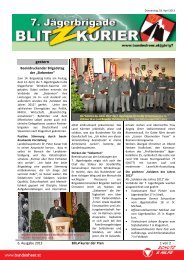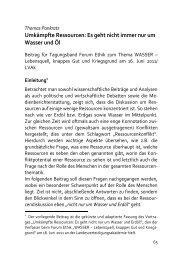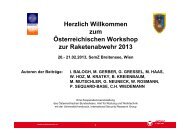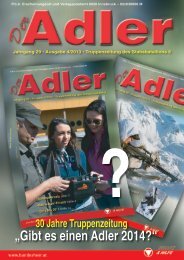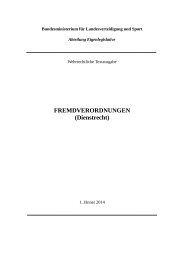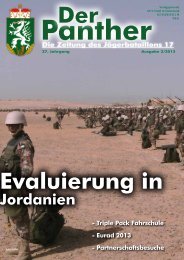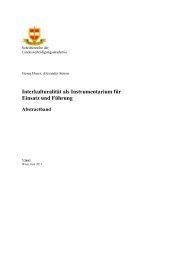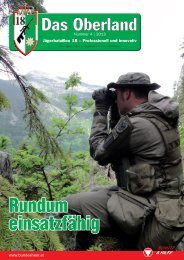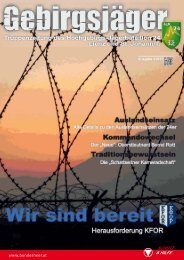Cooperation Between Organized Crime Groups Around The World
Cooperation Between Organized Crime Groups Around The World
Cooperation Between Organized Crime Groups Around The World
You also want an ePaper? Increase the reach of your titles
YUMPU automatically turns print PDFs into web optimized ePapers that Google loves.
Successive waves of southern Italian emigrants to North America have provided cover for<br />
Mafia activities. <strong>The</strong> FBI estimated in 1993 that there were around three thousand members of<br />
Italian organized crime groups in the US, spread around the following cities: Albany, Atlanta,<br />
Boston, Buffalo, Chicago, Detroit, Galveston, Houston, Jacksonville, Los Angeles, Miami,<br />
Newark, New York, Philadelphia, Pittsburgh, Richmond, Rockford, Saint Louis, San<br />
Francisco, San Jose, Tampa, Toledo and Washington DC. 11 According to the FBI, there were<br />
63 sworn members of the ‘Ndrangheta’, based prevalently in the North East, but with<br />
settlements in Miami, Tampa and Los Angeles. Settlements of ‘Nndrangheta’, Cosa Nostra<br />
and Camorra members have been established in Miami since the 1970s, and are involved in<br />
distributing drugs through the US markets and thence to Europe.<br />
All the Italian Mafia groups have taken advantage of new investment possibilities in the<br />
former Soviet Union (FSU) and Eastern Europe. As early as 1989, Cosa Nostra affiliates<br />
acquired rubles to the value of 28 million US$ and, in partnership with US Mafia members,<br />
purchased the ‘International Bank of Southern Russia’ in Yekaterinburg for investment and<br />
money laundering. 12 <strong>The</strong> Camorra has inserted operatives as full-time residents in the FSU<br />
and has invested considerable resources in illicit activities such as racketeering, arms<br />
trafficking and currency counterfeiting, and in the ostensibly licit sectors of commerce and<br />
financial services. <strong>Groups</strong> of criminals based in North Eastern Italy known as the ‘Brenta<br />
Mafia’ 13 used Polish and Hungarian casinos for money laundering. 14 It is thought that the<br />
traditional Italian Mafia organisations offer knowhow and distribution networks in the West;<br />
in exchange, East European criminals are thought to indicate investment opportunities and<br />
provide protection for drug routes and distribution networks throughout the former Soviet<br />
Union, Poland, the Czech Republic, Bulgaria and Romania.<br />
<strong>The</strong> head of Italian foreign intelligence told the Parliamentary Antimafia Commission in<br />
1992 that there were numerous cases of Italian business and joint ventures being set up in<br />
Eastern Europe belonging to Italian mafiosi. <strong>The</strong>re were contacts between a number of<br />
commercial companies in Italy and Russian criminal organisations which were suspected of<br />
laundering the profits from illicit activities in the Russian Federation. 15<br />
A Czech delegate to a 1993 Interpol conference reported the conspicuous presence in<br />
Prague of Neapolitan criminals, who were involved in the production of false documents,<br />
drug trafficking and in the running of local prostitution. <strong>The</strong>y were cooperating with local<br />
gangsters and with Russian, Arab and other Italian criminals, especially Sicilians.<br />
<strong>The</strong> Italian Interior Ministry has confirmed the presence of the Camorra Liciardi clan in the<br />
Czech Republic, and also states that clan members look after the financial interests of Russian<br />
groups in the West, in particular the Chechens. 16 <strong>The</strong>re are also proven contacts between<br />
Russian mafia groups and the Camorra for arms traffic. 17<br />
11<br />
12<br />
13<br />
14<br />
15<br />
16<br />
17<br />
X. Raufer, ‘Planète Mafieuse’, Institut de Criminologie, Université di Paris, June 1994, p 17.<br />
‘Viaggio a Criminopoli’, dossier of the association Confcommercio, distributed Rome, 1995, p 20.<br />
This group has now been almost entirely disbanded due to the arrest and collaboration with the authorities of<br />
its principal exponent, Felice Maniero.<br />
Ministero dell’Interno, Rapporto sul Fenomeno della Criminalità Organizzata per l’Anno 1996, Rome,<br />
September 1997, pp 418-9.<br />
Ministero dell’Interno, Rapporto sul Fenomeno della Criminalità Organizzata per l’Anno 1992, Rome, May<br />
1993, p 57.<br />
Ministero dell’Interno, Rapporto sul Fenomeno della Criminalità Organizzata per l’Anno 1994, Rome, April<br />
1995, p 487.<br />
Commissione Parlamentare Antimafia, Relazione sulla Camorra, 21 December 1993, p 13.<br />
69



